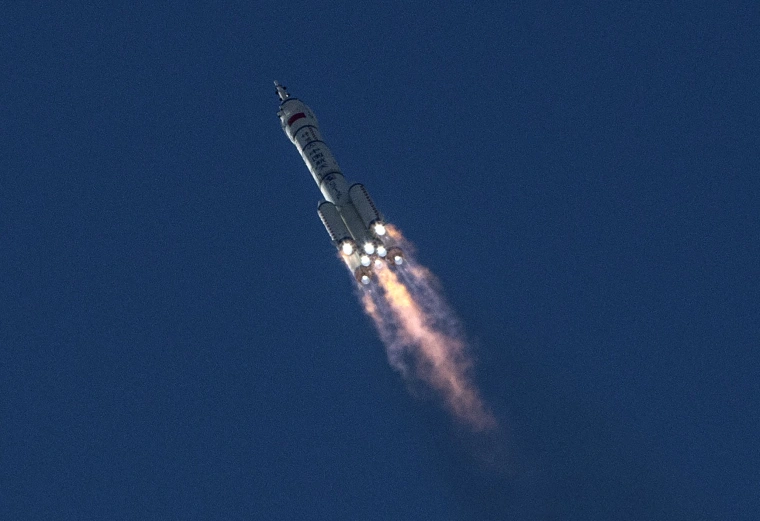China is poised to mark a significant milestone in its space exploration endeavors with the debut flight of the Long March 12 rocket in 2024, a year anticipated to witness an unprecedented number of launch missions by the country. This new addition to China’s robust fleet of launch vehicles is designed to enhance the nation’s capabilities in deploying larger and more complex satellites into Earth’s orbit. The announcement was made by state media on Monday, February 26, signaling a leap forward in China’s ambitions to expand its presence in space.
Developed by the Shanghai Academy of Spaceflight Technology, a branch of China Aerospace Science and Technology Corp—China’s premier space contractor—the Long March 12 distinguishes itself with six liquid oxygen-kerosene engines. This powerful propulsion system enables it to deliver payloads up to 10,000kg to low-Earth orbit, showcasing its capacity to carry multiple large communication satellites in a single mission. This capability positions the Long March 12 near the performance tier of the heaviest variant of the Long March 3 series, known for launching satellites for China’s indigenous BeiDou navigation system.
The classification of rockets by their lift capacity ranges from small-lift, capable of carrying up to 2,000kg, to heavy-lift vehicles that can transport payloads exceeding 20,000kg, suitable for interplanetary missions. The Long March series, a cornerstone of China’s space endeavors, has seen the development and launch of over 20 variants since 1970, contributing to more than 500 missions and playing a pivotal role in advancing China’s objectives in space exploration and satellite deployment.
The forthcoming year is set to be a landmark period for China’s space program, with the China Aerospace Science and Technology Corp planning to undertake a record-breaking 100 launch missions. This surge in activity underscores China’s growing emphasis on space as a domain of national pride and technological prowess. Additionally, the rise in launch activities is not limited to state-led efforts, as Chinese commercial space entities are gearing up to increase their participation in space launches, reflecting the country’s expanding footprint in the global space industry.
The inaugural launch of the Long March 12 is slated to take place at the Hainan International Commercial Aerospace Launch Center, a new spaceport scheduled to commence operations in June. Zeng Wenhua, a structural designer at the Shanghai Academy of Spaceflight Technology, revealed that the Long March 12 would be the first Chinese rocket to feature a diameter of 3.8 meters, surpassing the standard 3.35-meter diameter prevalent among most Chinese rockets. With a height exceeding 60 meters and comprising two stages, the Long March 12 is a testament to China’s relentless pursuit of innovation and excellence in space technology, poised to bolster the country’s capabilities in satellite deployment and space exploration.










